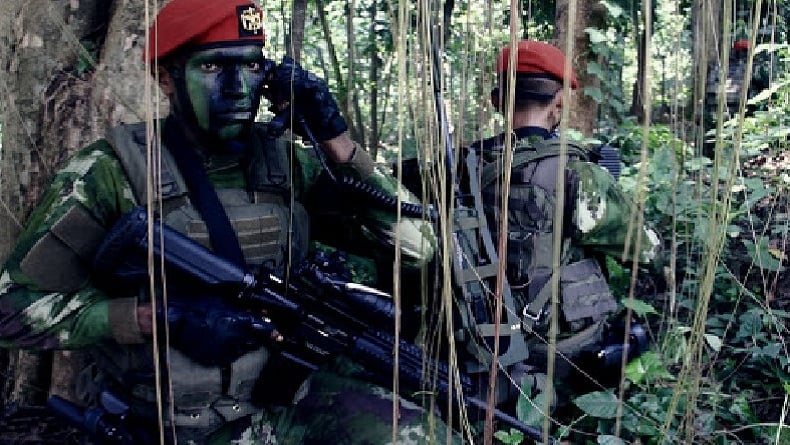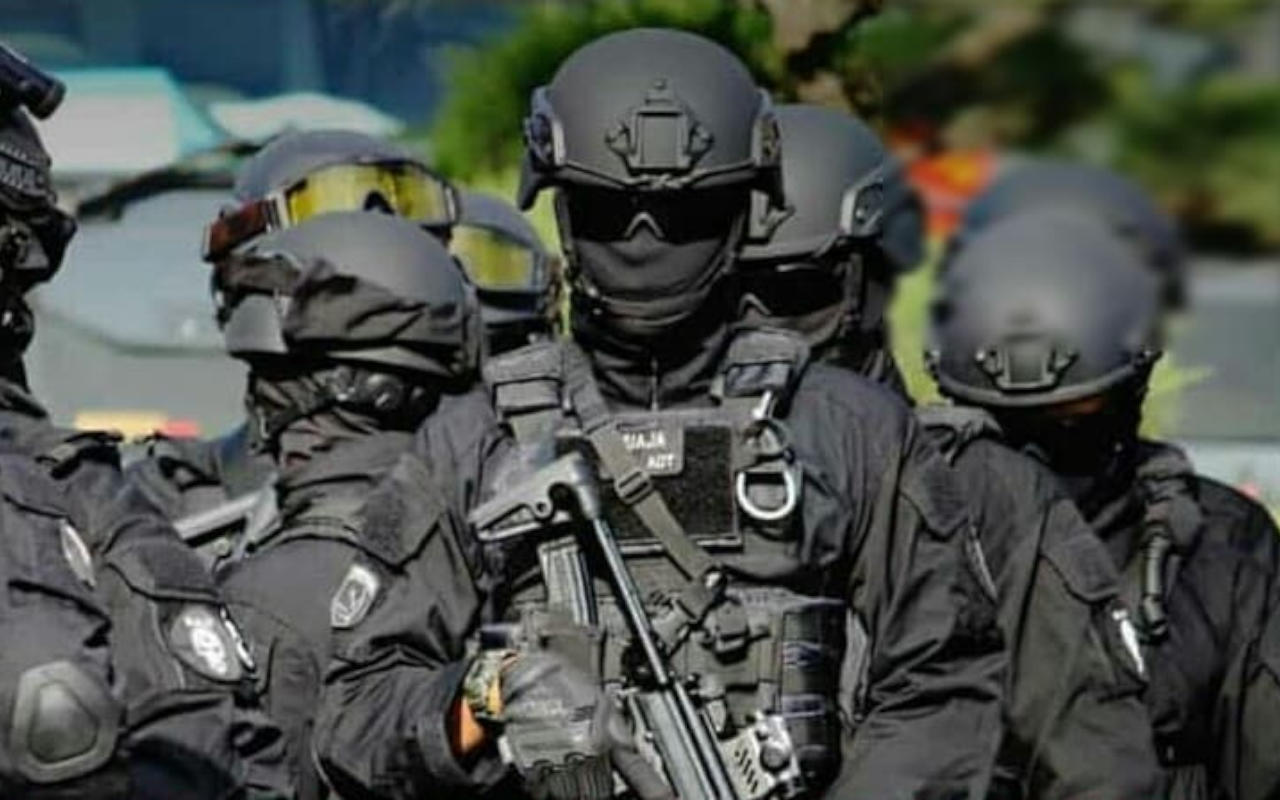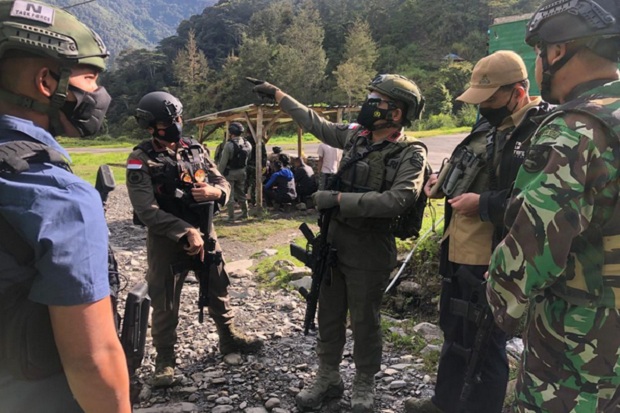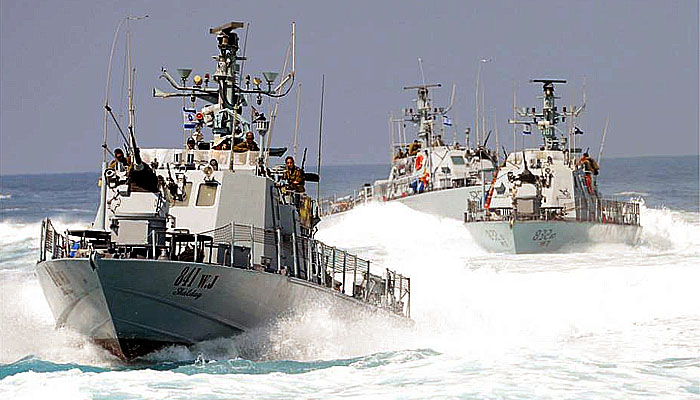⚓️ If the project materializes, it would strengthen Indonesia’s ability to deter Chinese intimidation in the South China Sea, and reinforce Japan’s cooperation with ASEAN. 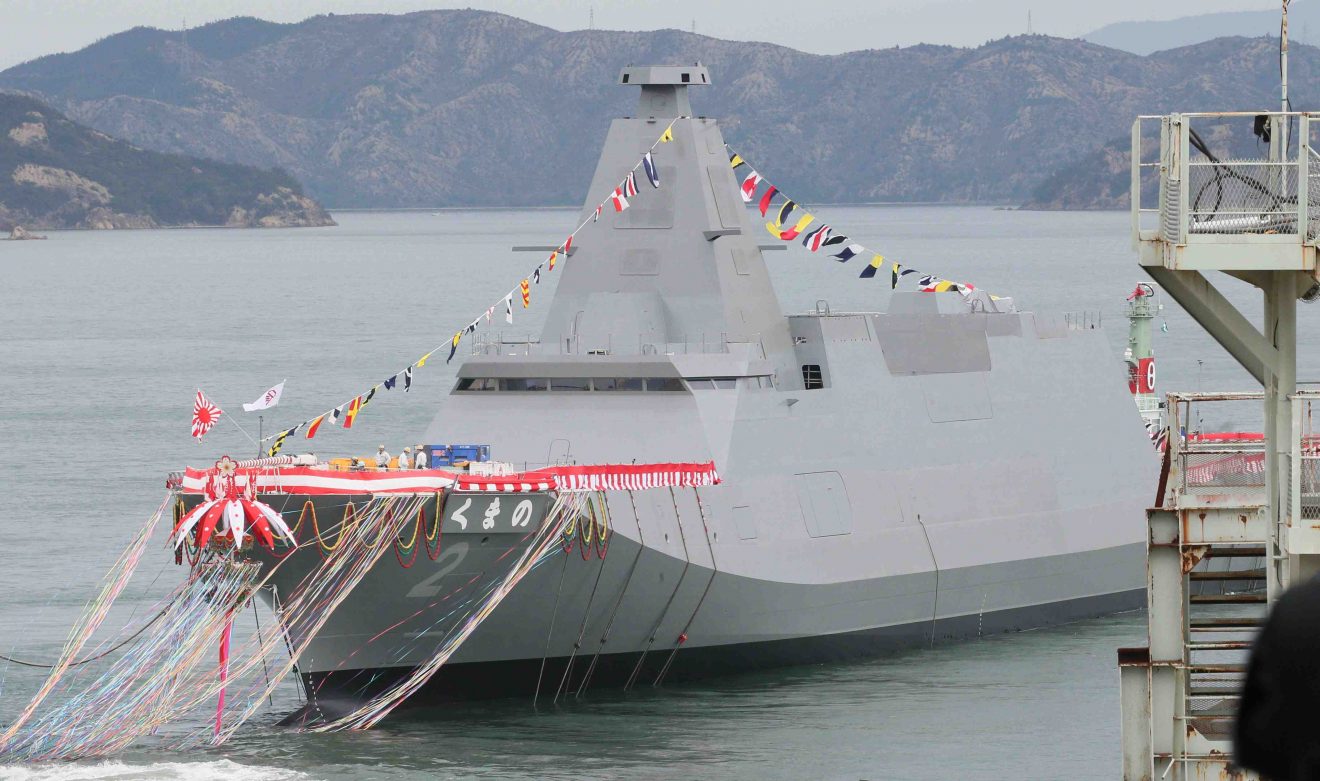 December 2020 launch of Japan's new 'FFM' type frigate, JS Kumano
December 2020 launch of Japan's new 'FFM' type frigate, JS Kumano
The Japanese government hopes to enter into a contract with Indonesia for joint manufacturing of maritime vessels based on the design of a Japan Maritime Self-Defense Force (MSDF) destroyer, it was learned on May 11.
Under Japan’s 2014 “Three Principles on Transfer of Defense Equipment and Technology,” the transfer of defense-related equipment for purposes such as surveillance and rescue operations is permitted, but the transfer of vessels such as frigates, which have lethal potential, is not.
However, joint production provides a legitimate path for assisting Indonesia with its needs for maritime monitoring vessels. The envisioned Japan-Indonesia joint production of a destroyer, if materialized, would be the first of its kind.
Japan, Italy, and Turkey are competing for defense-related vessel contracts with Jakarta. Indonesia, a major power of the Association of Southeast Asian Nations (ASEAN), has also been exposed to intimidation from China in the South China Sea. If Japan is successful in winning the joint manufacturing contract, it would expedite the strengthening cooperation with Indonesia and help hold China in check. The prototype for the joint production proposal is the latest model of MSDF multi-mission frigate (FFM), currently scheduled to be commissioned in March 2022. In addition to anti-submarine, anti-aircraft, and naval battle abilities, this model also has anti-mine capabilities.
There are five categories of activity for which the transfer of defense equipment and technology is allowed under the three-point principles of 2014: rescue and relief; transportation, patrol, surveillance; and minesweeping.
Japan’s first-ever export of “finished defense products” was a package of air-defense radar units for patrol and surveillance, under an August 2020 contract with the Philippines. Maritime vessels for transportation, rescue, and relief can also be exported, but vessels with naval artillery aboard would not be allowed under the three-point principles.
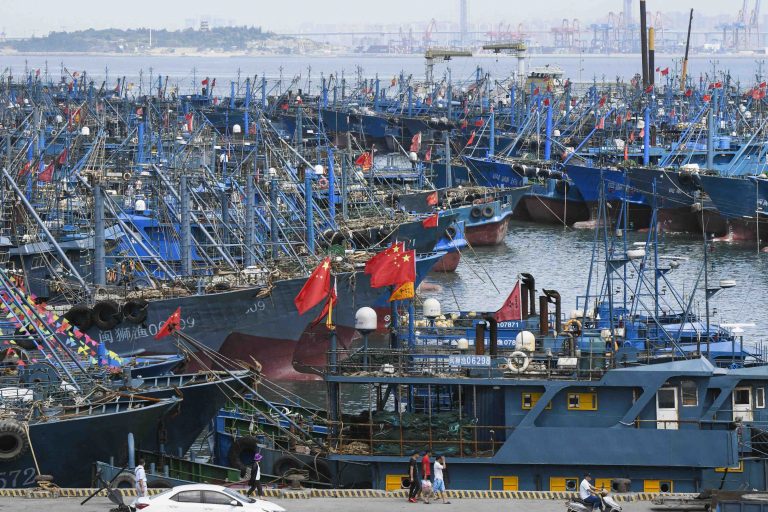 A flotilla of Chinese maritime militia “fishing” vessels like the one found by Indonesia in its waters. This photograph is from an aggressive gathering of Chinese vessels around Japan’s Senkaku Islands (September 2020)
A flotilla of Chinese maritime militia “fishing” vessels like the one found by Indonesia in its waters. This photograph is from an aggressive gathering of Chinese vessels around Japan’s Senkaku Islands (September 2020)
Bearing these constraints in mind, the Japanese government has determined that relocation of a frigate after it is built would be permissible if its construction is carried out as a joint development or joint production project.
Adoption of a joint production formula based on the existing MSDF frigate is considered preferable, according to government sources, since joint development of a frigate is sure to take time before completion.
It also has the advantage of further deepening bilateral cooperation through technology transfers and related collaborative activities, the sources said.
Indonesia’s Natuna Islands at the southern tip of the South China Sea, and part of the Indonesian exclusive economic zone (EEZ), are overlapped by China’s unilateral “nine-dash line” that covers expansive claims in the area but which the Permanent Court of Arbitration in the Hague ruled had “no legal basis.”
In December 2019, the Indonesian authorities confirmed that their patrol vessels had found a flotilla of Chinese fishing boats escorted by a government vessel belonging to the China Coast Guard engaged in illegal fishing operations inside the Indonesian EEZ. Since then, Indonesia has been deploying its naval vessels in the region, but it is anxious to obtain new naval vessels as early as possible.
 December 2020 launch of Japan's new 'FFM' type frigate, JS Kumano
December 2020 launch of Japan's new 'FFM' type frigate, JS Kumano The Japanese government hopes to enter into a contract with Indonesia for joint manufacturing of maritime vessels based on the design of a Japan Maritime Self-Defense Force (MSDF) destroyer, it was learned on May 11.
Under Japan’s 2014 “Three Principles on Transfer of Defense Equipment and Technology,” the transfer of defense-related equipment for purposes such as surveillance and rescue operations is permitted, but the transfer of vessels such as frigates, which have lethal potential, is not.
However, joint production provides a legitimate path for assisting Indonesia with its needs for maritime monitoring vessels. The envisioned Japan-Indonesia joint production of a destroyer, if materialized, would be the first of its kind.
Japan, Italy, and Turkey are competing for defense-related vessel contracts with Jakarta. Indonesia, a major power of the Association of Southeast Asian Nations (ASEAN), has also been exposed to intimidation from China in the South China Sea. If Japan is successful in winning the joint manufacturing contract, it would expedite the strengthening cooperation with Indonesia and help hold China in check. The prototype for the joint production proposal is the latest model of MSDF multi-mission frigate (FFM), currently scheduled to be commissioned in March 2022. In addition to anti-submarine, anti-aircraft, and naval battle abilities, this model also has anti-mine capabilities.
There are five categories of activity for which the transfer of defense equipment and technology is allowed under the three-point principles of 2014: rescue and relief; transportation, patrol, surveillance; and minesweeping.
Japan’s first-ever export of “finished defense products” was a package of air-defense radar units for patrol and surveillance, under an August 2020 contract with the Philippines. Maritime vessels for transportation, rescue, and relief can also be exported, but vessels with naval artillery aboard would not be allowed under the three-point principles.
 A flotilla of Chinese maritime militia “fishing” vessels like the one found by Indonesia in its waters. This photograph is from an aggressive gathering of Chinese vessels around Japan’s Senkaku Islands (September 2020)
A flotilla of Chinese maritime militia “fishing” vessels like the one found by Indonesia in its waters. This photograph is from an aggressive gathering of Chinese vessels around Japan’s Senkaku Islands (September 2020)Bearing these constraints in mind, the Japanese government has determined that relocation of a frigate after it is built would be permissible if its construction is carried out as a joint development or joint production project.
Adoption of a joint production formula based on the existing MSDF frigate is considered preferable, according to government sources, since joint development of a frigate is sure to take time before completion.
It also has the advantage of further deepening bilateral cooperation through technology transfers and related collaborative activities, the sources said.
Indonesia’s Natuna Islands at the southern tip of the South China Sea, and part of the Indonesian exclusive economic zone (EEZ), are overlapped by China’s unilateral “nine-dash line” that covers expansive claims in the area but which the Permanent Court of Arbitration in the Hague ruled had “no legal basis.”
In December 2019, the Indonesian authorities confirmed that their patrol vessels had found a flotilla of Chinese fishing boats escorted by a government vessel belonging to the China Coast Guard engaged in illegal fishing operations inside the Indonesian EEZ. Since then, Indonesia has been deploying its naval vessels in the region, but it is anxious to obtain new naval vessels as early as possible.



